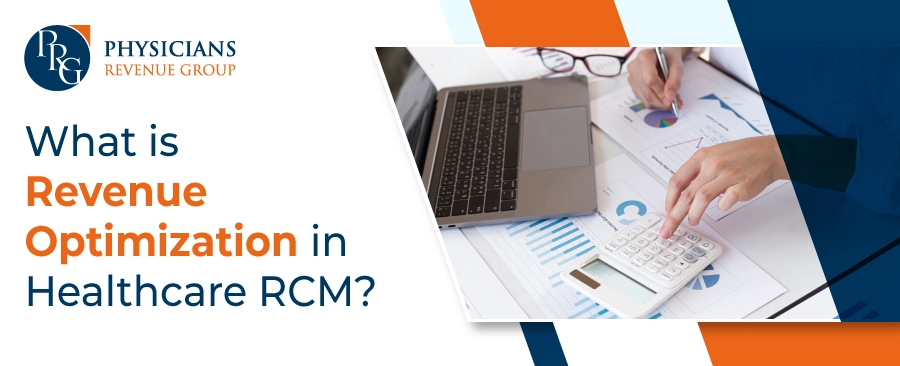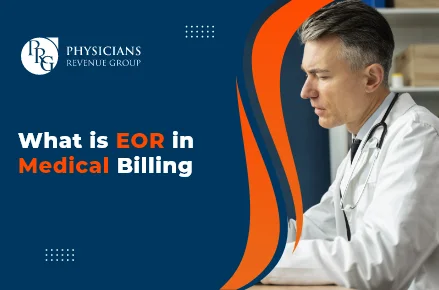
Email: info@prgmd.com | Call: +1 (630) 242-6474
Business hours: 9:00 to 5:00 | Monday to Friday
Email: info@prgmd.com | Call: +1 (630) 242-6474
Business hours: 9:00 to 5:00 | Monday to Friday

Table of Contents
ToggleRevenue cycle optimization is essential for healthcare practices to maximize their financial performance and boost their bottom line. Outsourcing RCM services streamlines your entire revenue cycle process, from patient registration to claim submissions and payment collections. Healthcare revenue optimization ensures that your practice collects the maximum amount possible while minimizing costs and reducing overall errors.
The most effective way to revenue optimization for the healthcare revenue cycle is through improving your practice’s financial workflow. Streamlining all of your practice processes, reducing errors, and then automating some of the tasks can help you save time, reduce costs, and boost revenue. Your practice can also put revenue cycle management software to use for automating tasks, including:
Employing best practices is important in optimizing your healthcare revenue cycle and enhancing financial performance. Consider incorporating the following best practices into your RCM strategy:
For healthcare revenue optimization, staff training and development are important. Ensuring that your team receives continuous education and training is vital to keeping them informed about the latest industry trends and best practices. This helps them stay up-to-date and contributes to increasing employee satisfaction, reduced turnover, and boosting productivity.
Another essential aspect of optimizing your healthcare revenue cycle is eligibility verification. This step is essential to the billing process and involves confirming patients’ coverage details, such as coverage limits, copayments, deductibles, and more. Verifying patient coverage before delivering services is practical as it can prevent claim rejections linked to eligibility issues. Patient eligibility verification improves cash flow and also improves the overall patient experience.
The patient eligibility verification process includes several steps. It starts with patient scheduling and enrollment, where demographic and insurance details are collected. Next comes eligibility verification, ensuring the patient’s active coverage aligns with the insurer. Following that, prior authorization is obtained from the insurance company for a medical procedure or service. The patient is then informed about the outcome of the verification process, and finally, the medical billing system is updated with insurance verification and eligibility details.
For healthcare practices aiming for financial stability while delivering high-quality patient care, prioritizing and understanding the value of eligibility verification in RCM is essential. Moreover, outsourcing patients’ eligibility verification to experienced professionals can ensure compliance with best practices, allowing healthcare providers to concentrate on their core responsibilities.
Share:
Categories
Recently Added

What is an ABN in medical billing?

What does a Clearinghouse do During Claims Submission?

What is EOR in Medical Billing?
We Would Love to Assist You!
We treat your data confidentially and don’t share any information with a third party.